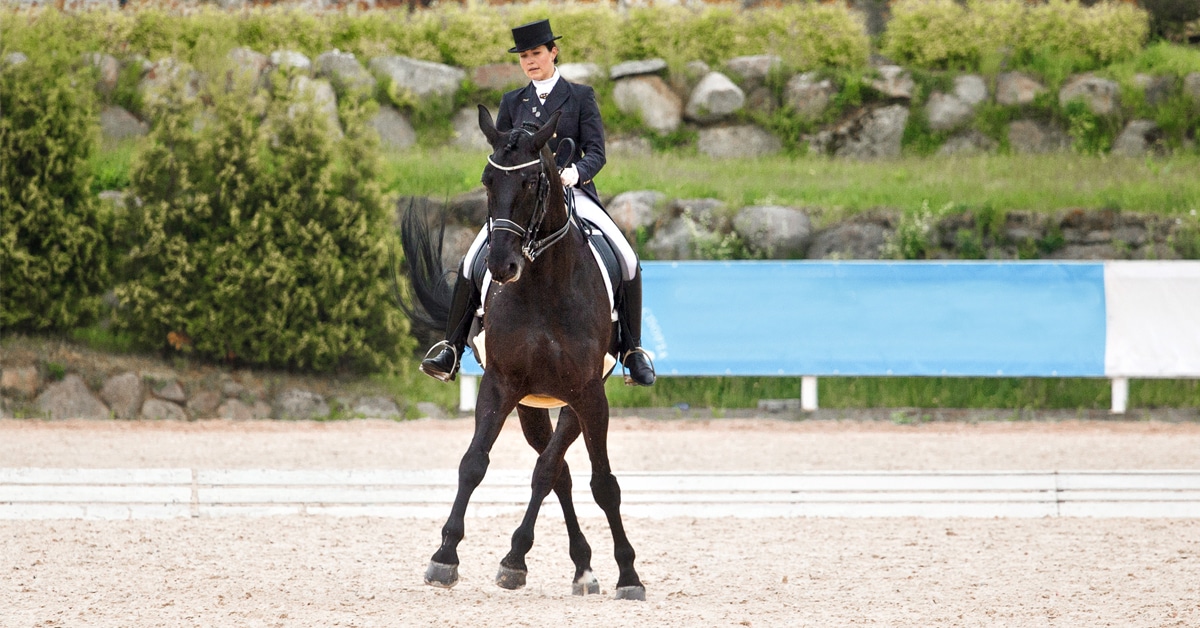With foaling season fast approaching, Dr. Barbara Delvescovo, clinical instructor in large animal medicine at the Cornell University Hospital for Animals, shares on overview on what to expect when your mare is expecting, including things to look out for both during birth and after.
In all cases, owners should be in close contact with their veterinarian. “Talk to your vet even before you decide to breed your mare, but especially during pregnancy, because the vet exam can highlight and detect high-risk pregnancies.”
Delivery occurs in three stages: uterine contractions; rupture of the water bag; and, once the foal is born, the passage of the placenta. If there are unusual delays in any of these stages, intervention is necessary. Birthing issues owners should look out for include malposition and a ‘red bag’ – when the membranes surrounding the foal appear red, signifying a premature rupture of the water bag and a loss of connection to the mare’s blood and oxygen supply.
Post-birth, Delvescovo discusses how to assess the foal to make sure it’s healthy — and what to do if it isn’t. In her seminar video, she discusses how to perform CPR on foals, performing both ventilation and, if necessary, cardiac resuscitation.
Delvescovo also covers key issues that can occur with foals right after birth. “Horses are prey,” Delvescovo says. “In nature, they need to make a very big transition between being in utero and being able to run away from predators.” If any stress or pathologies disrupt this transition, problems can occur. “It’s very important to know what a newborn does normally, and to be proactive when you see something abnormal,” says Delvescovo.
To check for normal foal behavior, Delvescovo applies the “one, two, three” rule: Foals should be standing within one hour. Within two hours, the foal should be nursing and the mare passing the placenta. Foals should be passing meconium (their first feces) within around three hours. Colts should urinate within the first six hours, while fillies should urinate in the next 10-12.
Delvescovo also covers important factors including nursing, transfer of immunity, umbilical cord care and normal vs abnormal mother behavior in the mare. She notes that owners should call a veterinarian in three scenarios: If any abnormal behavior occurs in the mare or foal; if the foaling was unassisted; and always within the first 12-24 hours for a checkup.
When the veterinarian comes for the first check-up, they will: give a physical exam; check the immunoglobulin G (IgG) levels; sometimes provide a vitamin E-Selenium shot; and check the mare and the placenta to ensure no remnants of the afterbirth remain in the mother.
“It’s a lot of work to have a [foal] that is sick in the hospital,” says Delvescovo. “Therefore, prevention and early interventions are key for success. From the time when the mare is pregnant, to the parturition, to immediately after birth and in the moments afterwards and even later in the weeks afterwards: it’s very, very important.”
Read the full article on the Cornell University College of Veterinary Medicine website, or watch the full seminar video on CVM’s YouTube channel:
More News









